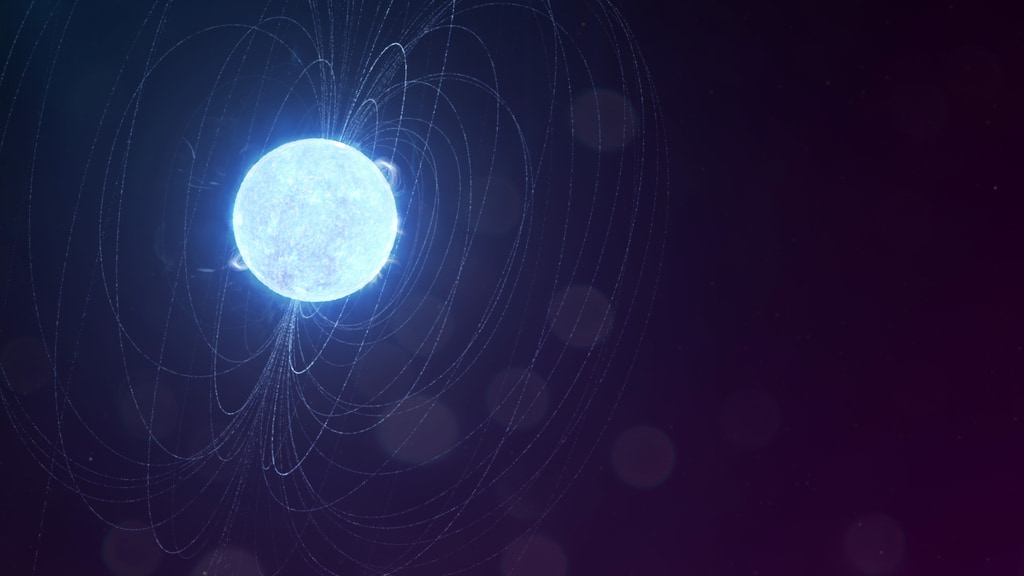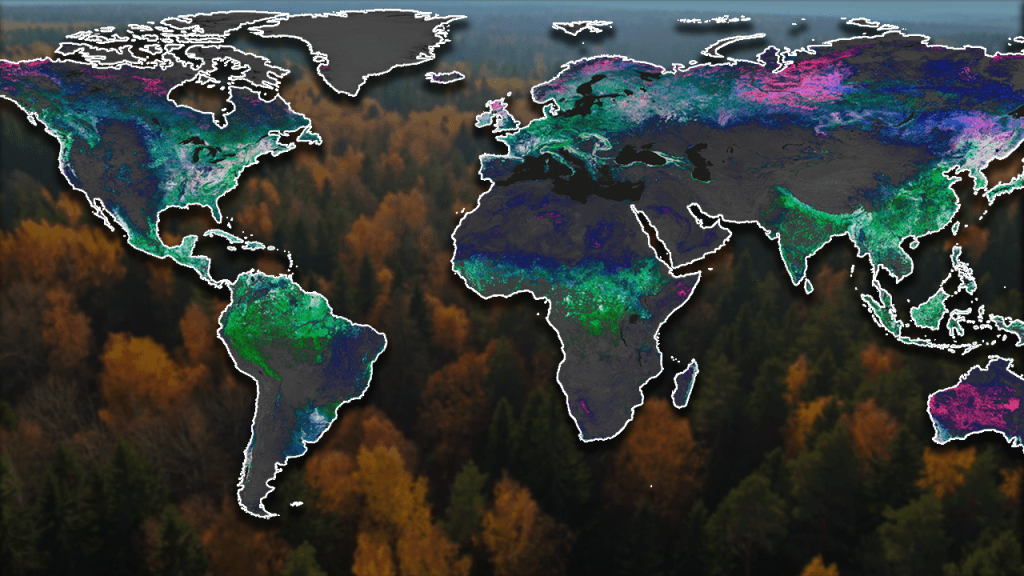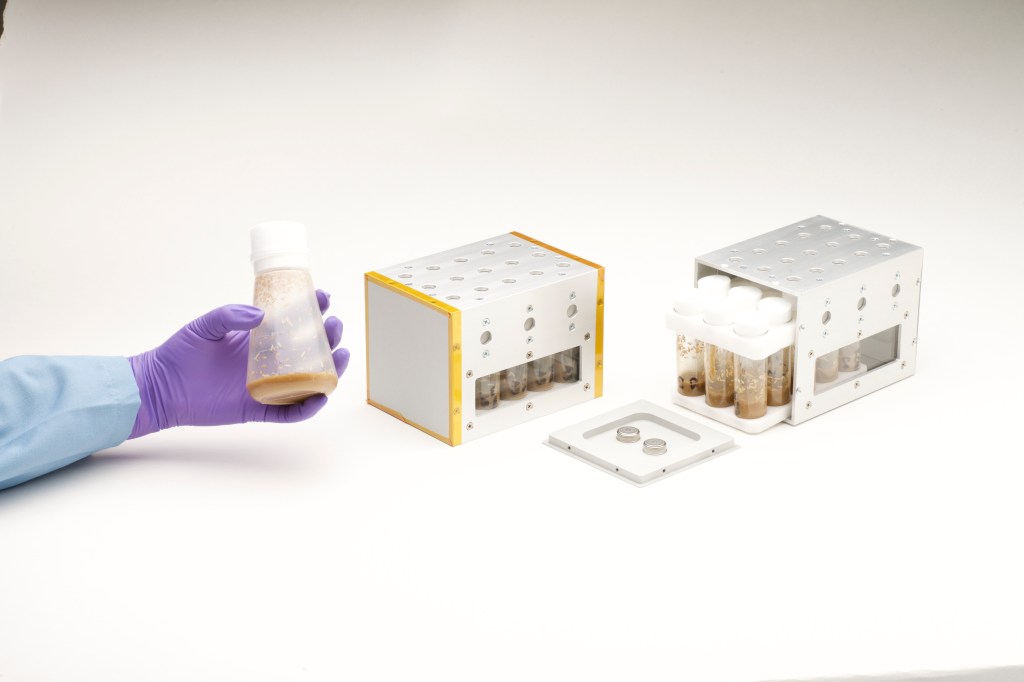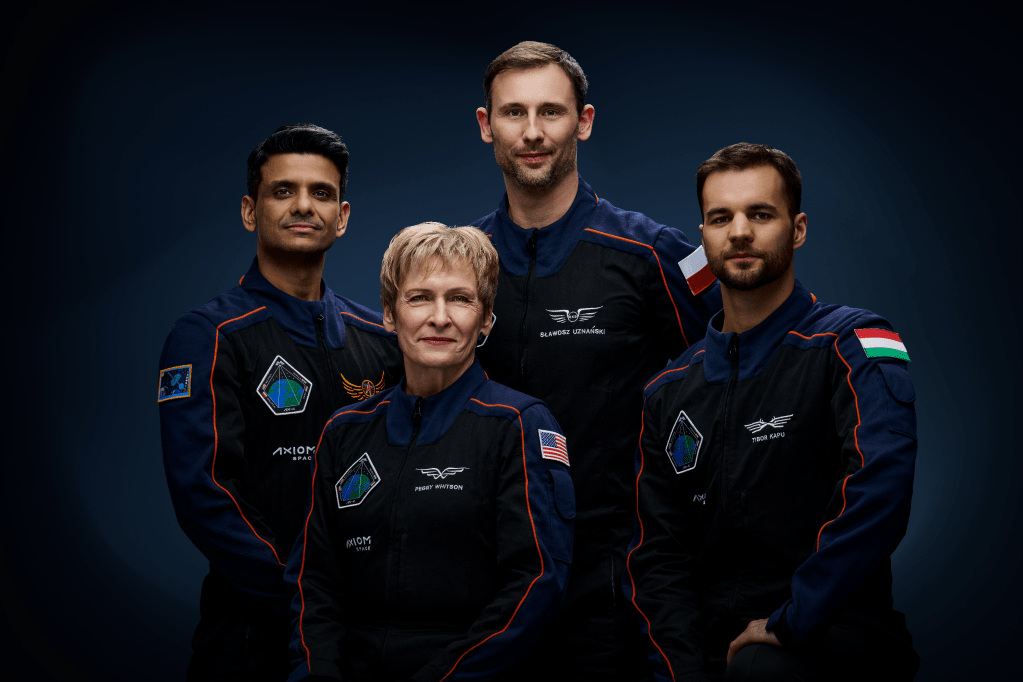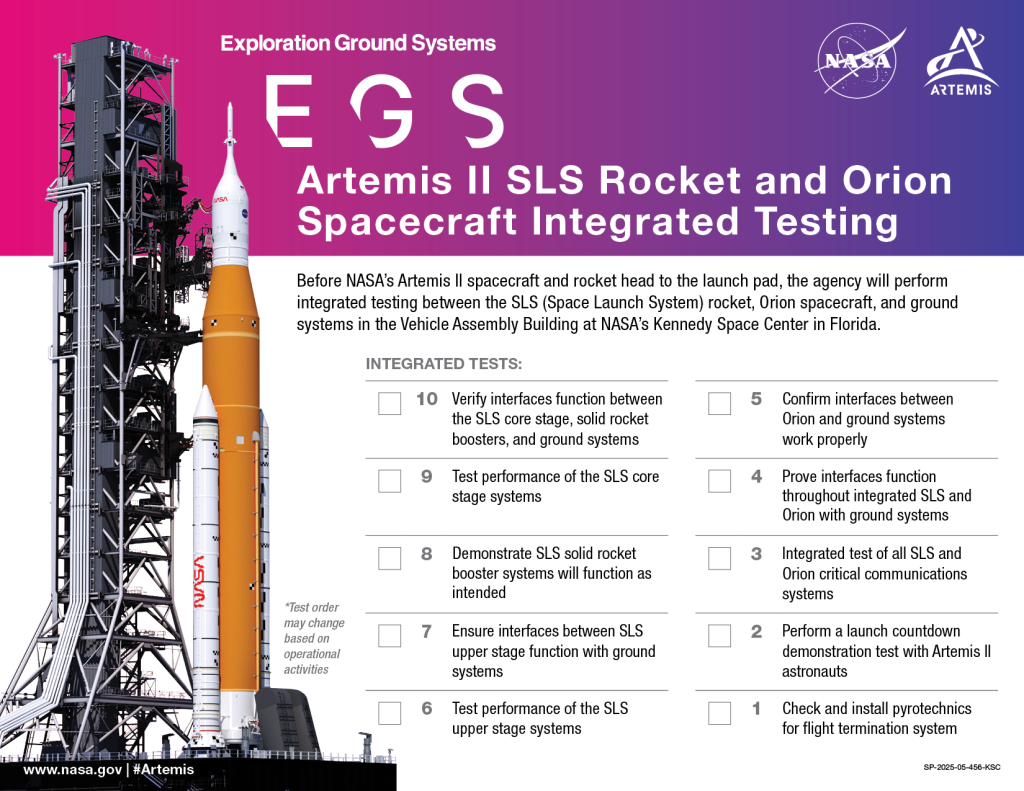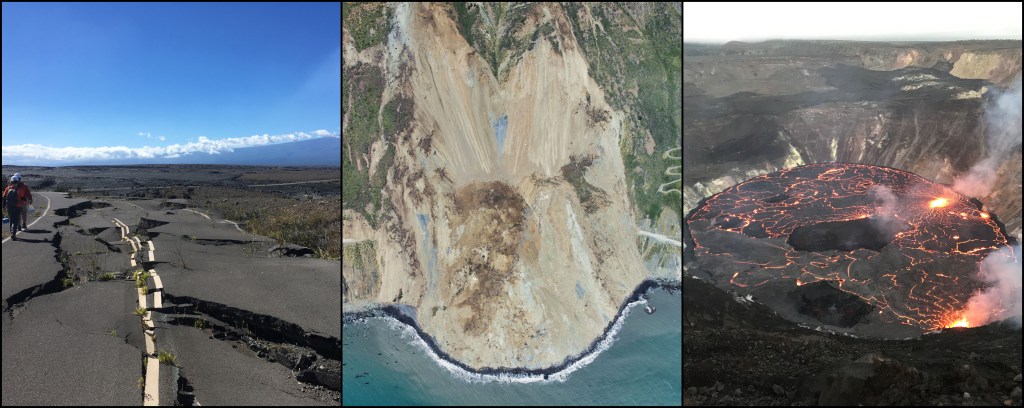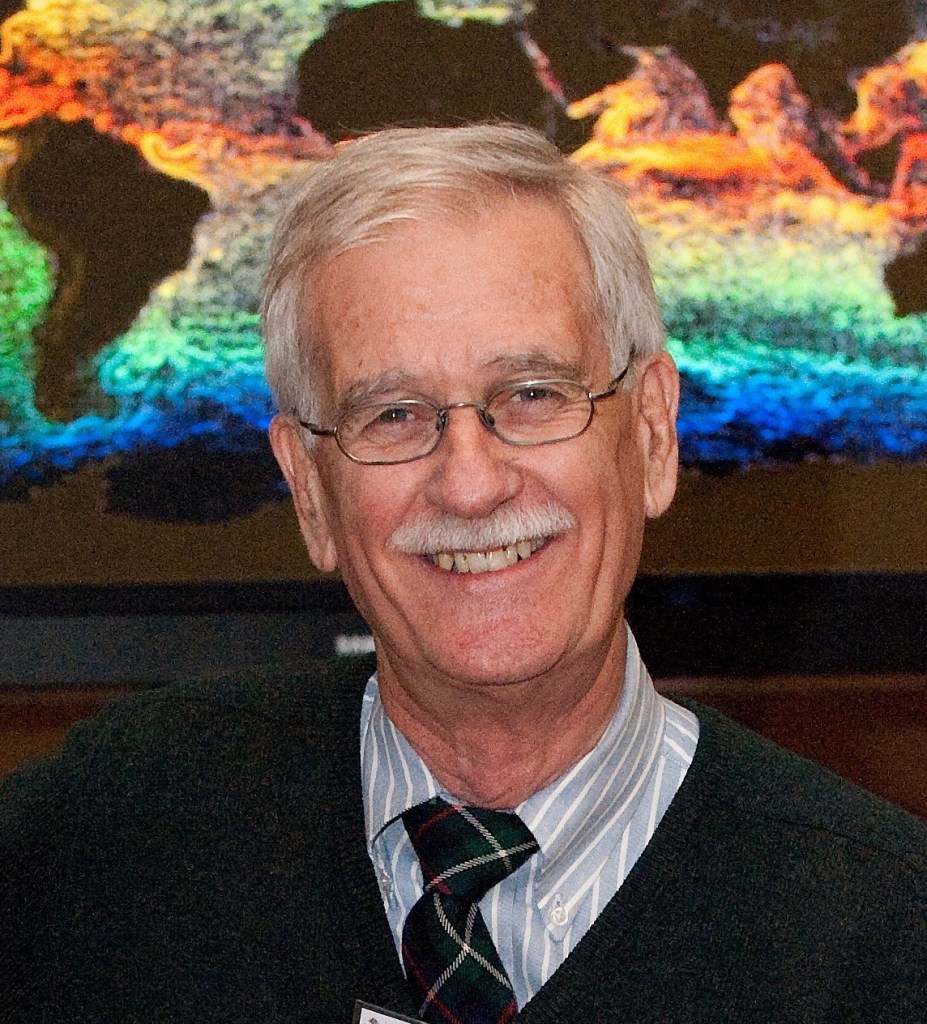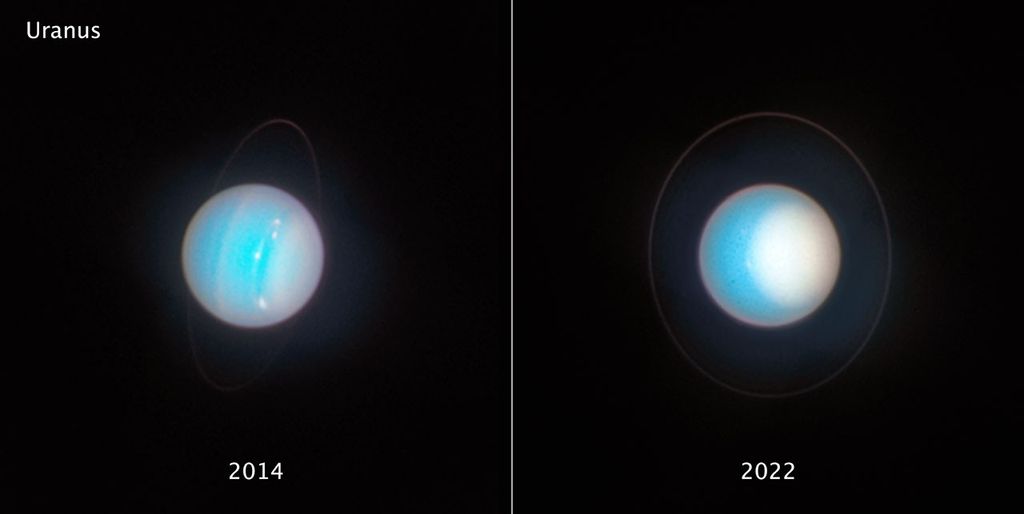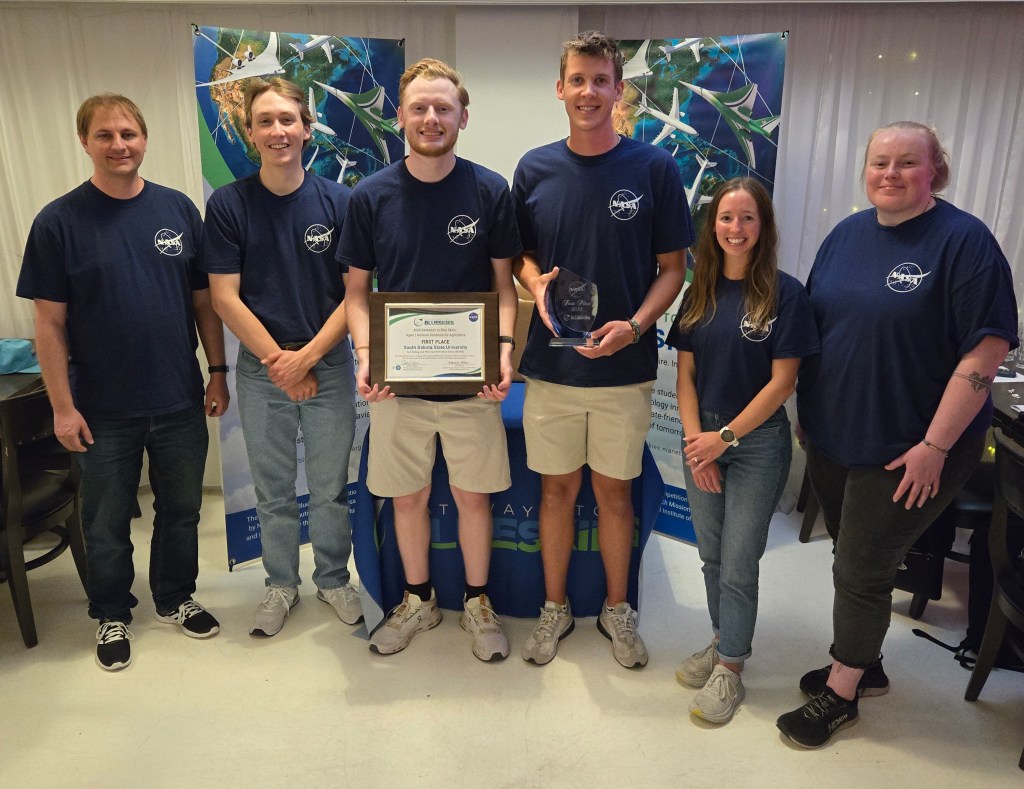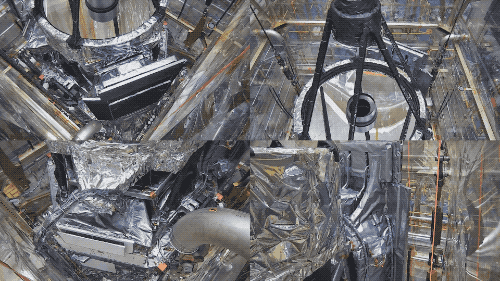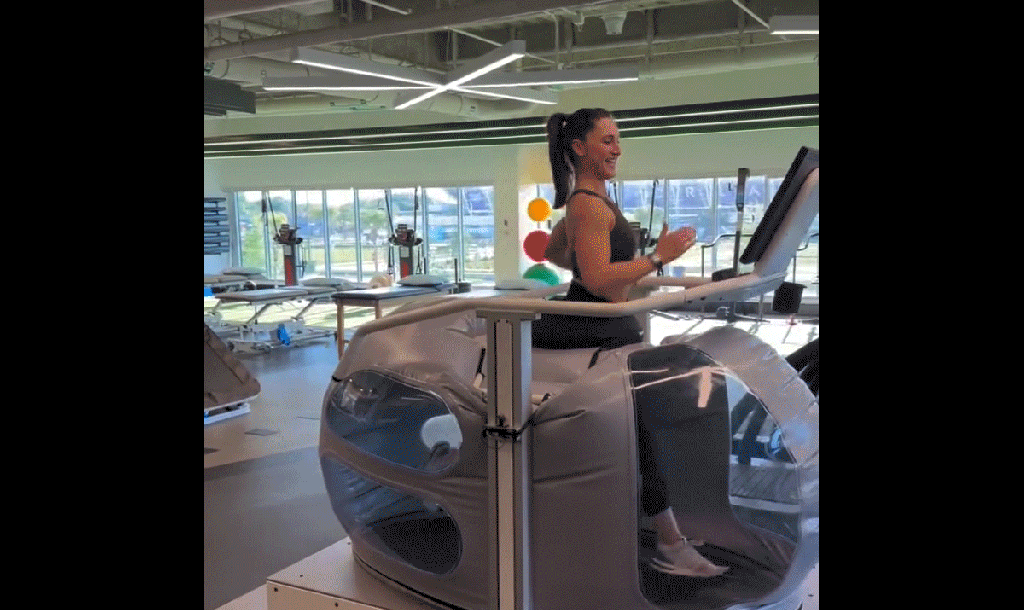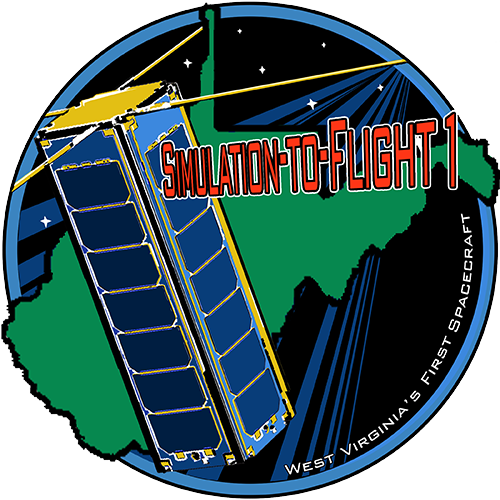Small Spacecraft Community of Practice
Subscribe to receive announcements for the Small Spacecraft Systems Virtual Institute’s (S3VI) monthly webinar series and quarterly newsletter here. We look forward to your participation!
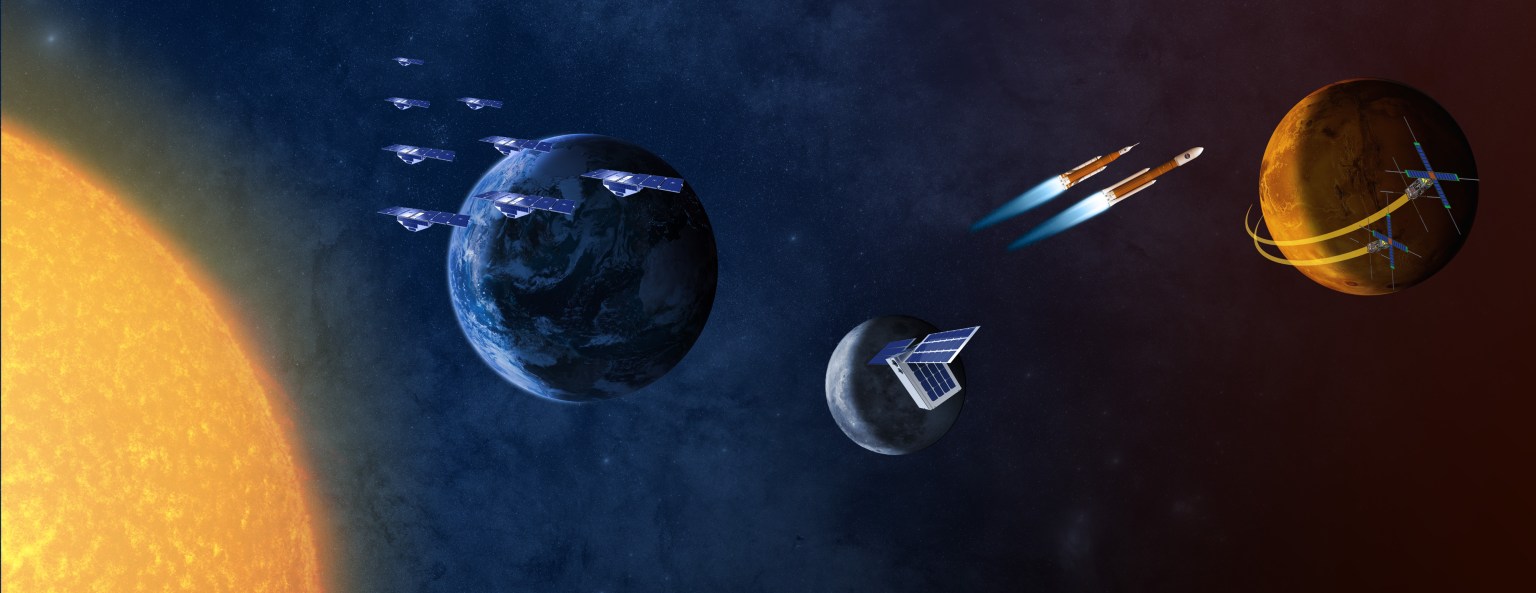
HaloSat – A CubeSat that Studied the Halo of the Milky Way
Speaker: Philip Kaaret, University of Iowa
Wednesday, September 15, 2021
10:00AM-11:00AM Pacific Daylight Time
Click here to watch the webinar.
Click here to download the presentation.
Please contact Julianna.L.Fishman@nasa.gov if you experience issues with the audiovisual connection to this webinar.
Abstract:
HaloSat was the first CubeSat competitively funded by NASA’s Astrophysics Division and performed a two-year, all-sky survey in the soft X-ray band. HaloSat’s primary goal was to measure line emission from highly ionized oxygen within the halo of the Milky Way. It has also been used to study extended soft X-ray sources such as the Cygnus superbubble and to search for 3.5 keV line emission from a putative sterile neutrino. The full HaloSat data set has been archived at NASA’s HEASARC and is publicly available. We describe the design, construction, and operation of HaloSat, highlighting the challenges encountered and lessons learned. We discuss the main mission accomplishments for science and education/training. We offer a few suggestions on ways to increase use of small satellites for science.
Speaker Biosketch:
Professor and Chair, Department of Physics and Astronomy, University of Iowa.
Philip Kaaret has extensive experience building instruments for high energy astrophysics and analyzing multiwavelength astrophysical data. He is currently Principal Investigator (PI) on the HaloSat CubeSat to study X-ray emission from the hot halo of the Milky Way galaxy. He was Project Scientist and then PI on the Stellar X-Ray Polarimeter. He led the Bragg Reflection Polarimeter student experiment on the Gravity and Extreme Magnetism Small explorer. Kaaret has conducted observations with many ground and satellite observatories including the Chandra X-ray observatory and the Hubble Space Telescope. He has served on numerous review panels for NASA, ESA, and the NSF including NASA’s Senior Review of astrophysics missions.
S3VI encourages the community to submit questions before the webinar to enable more directed responses. Please send questions to raquel.l.redhouse@nasa.gov.





